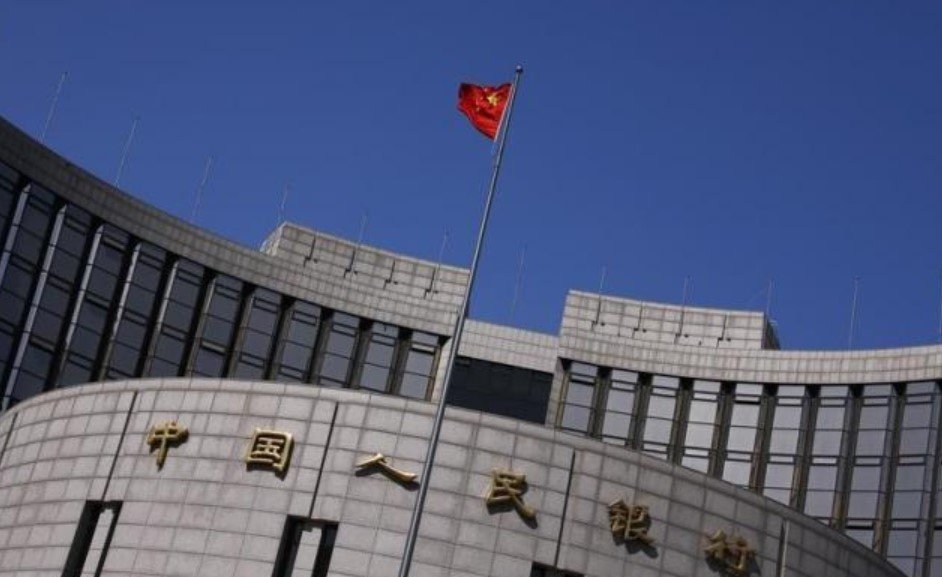China’s central bank has made a notable move in its monetary policy operations by incorporating treasury bond trading into its open market strategies. In a joint working group meeting with the Ministry of Finance, the People’s Bank of China (PBOC) discussed the nation’s bond market development, establishing a framework for future coordination and collaboration on this critical economic tool.
Boosting Liquidity Through Treasury Bonds
In an effort to strengthen liquidity management, the PBOC has turned to treasury bonds as a key component of its monetary policy toolbox. The open market operations, which allow for the buying and selling of these bonds, are seen as a vital means to manage the economy’s liquidity needs effectively. The central bank’s latest operations in August and September resulted in net bond purchases of 100 billion yuan ($14.17 billion) and 200 billion yuan, respectively.
This strategic approach signals the bank’s heightened efforts to support stable economic growth in China while addressing the need for increased domestic demand. Pan Gongsheng, the governor of the PBOC, highlighted these operations as a cornerstone of their approach to managing the country’s liquidity challenges and maintaining market stability.

Coordinating with the Ministry of Finance
The meeting between the PBOC and the Ministry of Finance was more than just a discussion—it marked the establishment of a joint operating mechanism between the two authorities. By working together, they aim to synchronize policies and ensure that the development of the bond market aligns with broader economic goals.
- Coordination will focus on balancing development with security in the bond market.
- The goal is to maintain stable growth while ensuring liquidity support through treasury bond trading.
- Both authorities will work to improve the issuance pace, maturity structure, and the overall custody system for bonds.
This collaboration is crucial as both entities play significant roles in China’s financial landscape, and their alignment ensures that policies are executed seamlessly.
The Impact of Bond Purchases on Economic Growth
The central bank’s bond purchases have been seen by analysts as a clear signal of its commitment to stabilizing the economy. As the PBOC works to balance liquidity management and domestic demand, treasury bonds offer an effective tool to expand monetary support without causing drastic market shifts.
The net purchases in recent months highlight an intensified monetary policy aimed at providing liquidity during a period of slower economic growth. This strategy not only supports government spending but also injects money into the financial system, which could stimulate broader economic activity.
| Month | Net Treasury Bond Purchase |
|---|---|
| August 2023 | 100 billion yuan |
| September 2023 | 200 billion yuan |
These actions, alongside other fiscal measures, reflect the central bank’s proactive stance in managing economic pressures while ensuring that liquidity is readily available in the financial system.
Future Prospects for Treasury Bonds in China’s Monetary Policy
Looking forward, the central bank’s involvement in treasury bond trading is expected to deepen. Pan Gongsheng emphasized the ongoing collaboration between the PBOC and the Ministry of Finance, pointing to further studies on improving the issuance and management of treasury bonds. This could involve adjustments to the maturity structure and refining how bonds are handled in the custody system, ensuring that the bond market remains a reliable component of China’s broader monetary policy.
Treasury bonds are increasingly being viewed as a flexible tool in the PBOC’s arsenal, providing a balance between immediate liquidity needs and long-term economic stability. The central bank’s efforts to integrate bond market operations with other monetary policy measures signal its determination to manage China’s economic challenges proactively.
